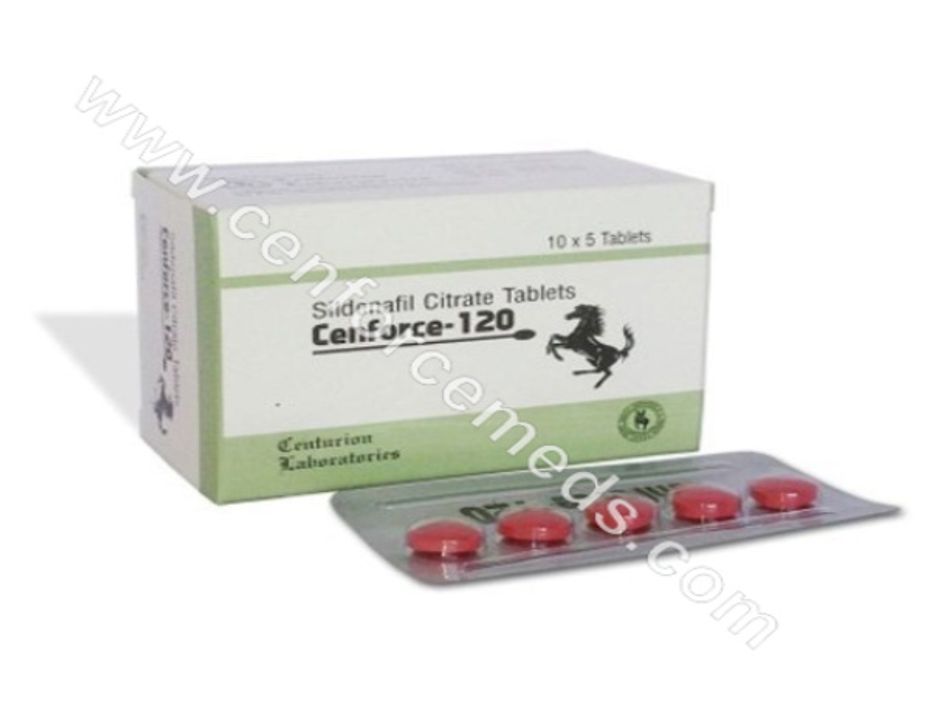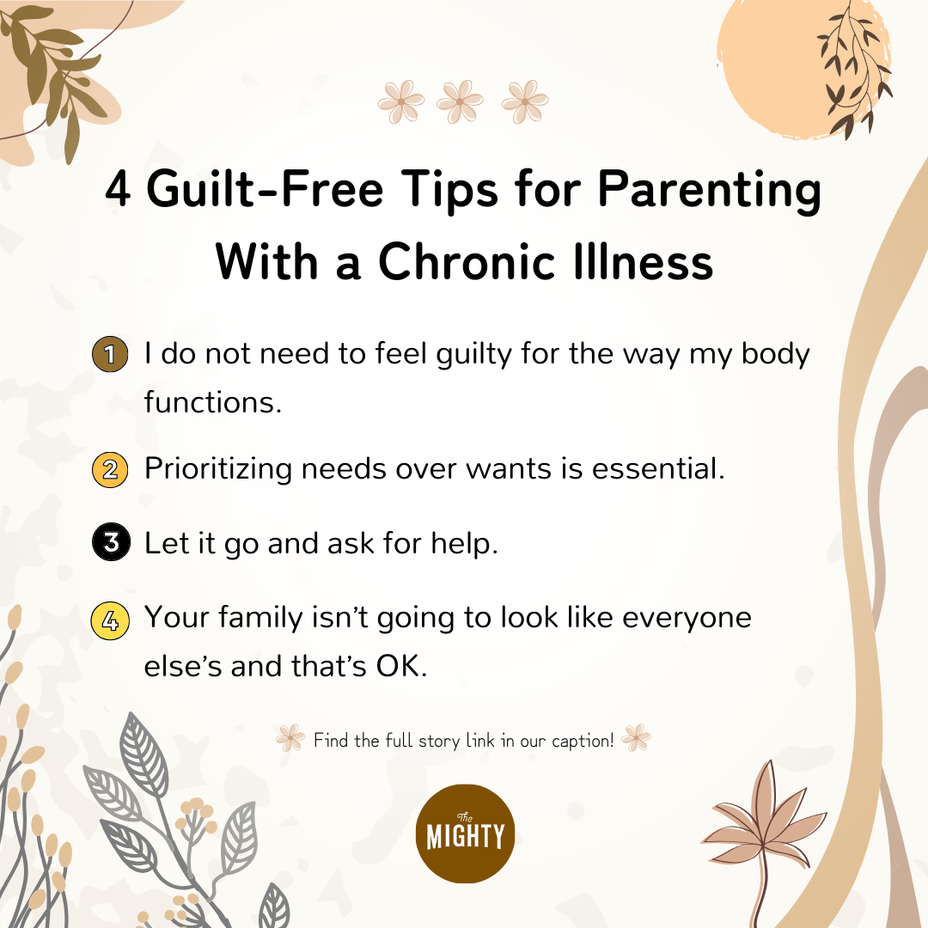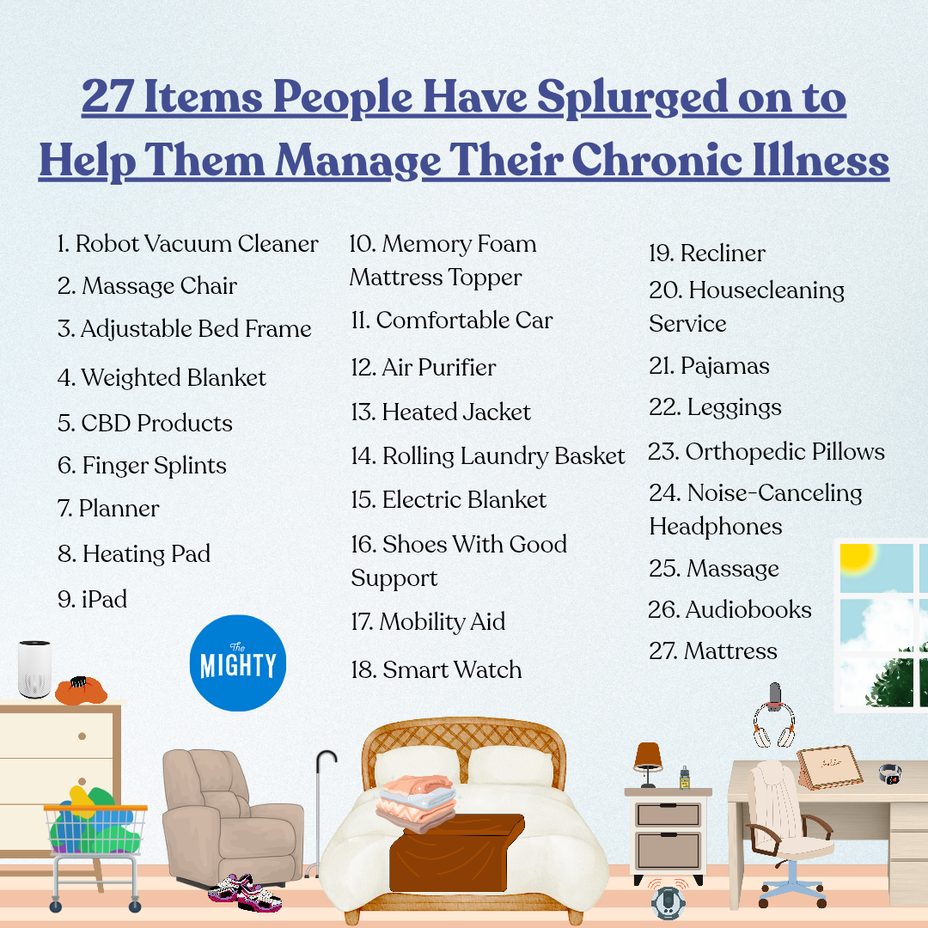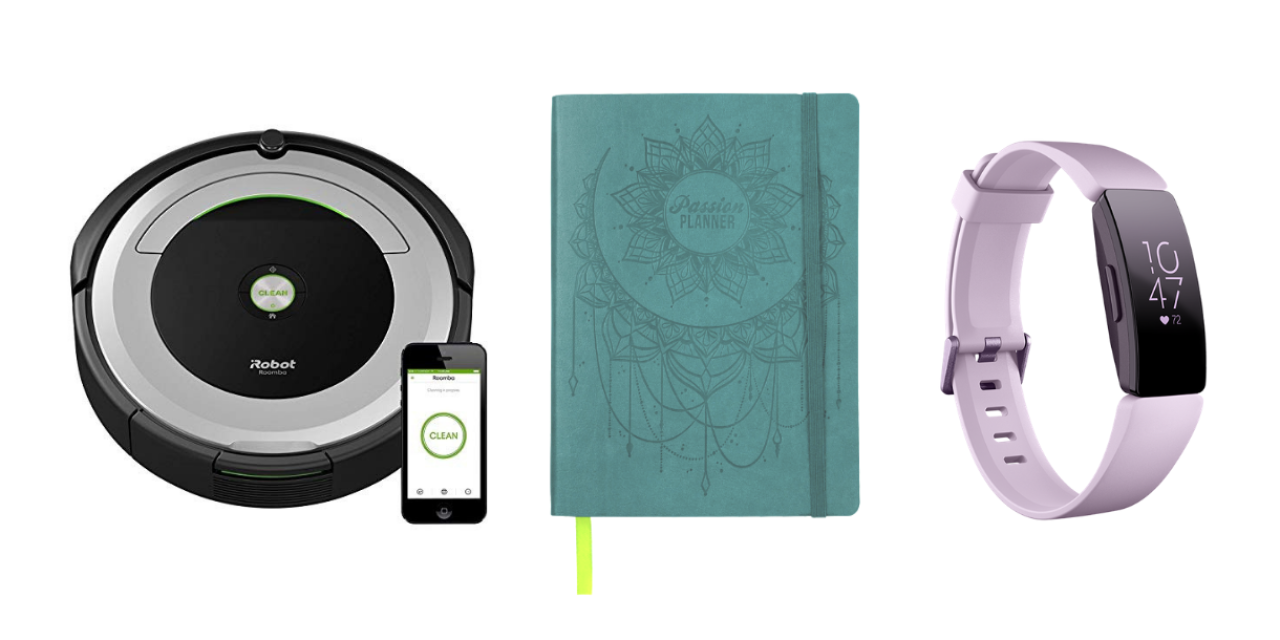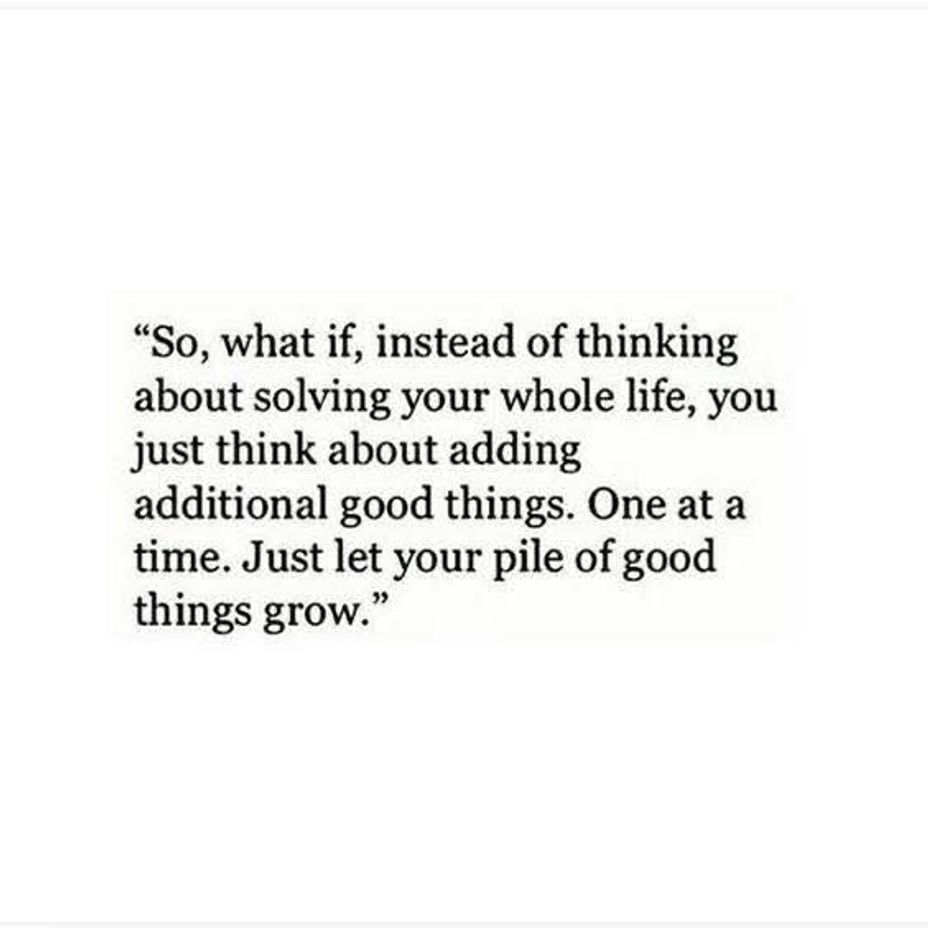Cenforce 120mg – How It Works, Dosage, Safety and Benefits for Men in the USA
Erectile dysfunction is more common than many men realize, and finding a treatment that is both effective and affordable can make a big difference in quality of life. One medication that has gained attention in recent years is Cenforce 120mg.
What is Cenforce 120mg?
Cenforce 120mg is a prescription tablet that contains Sildenafil Citrate, the same active ingredient found in Viagra. It is designed to help men achieve and maintain a firm erection when sexual stimulation is present. The 120mg strength is often chosen by men who do not experience satisfactory results from lower doses.
How Does It Work?
Sildenafil works by improving blood flow to the penile tissues. During sexual arousal, it relaxes the blood vessels, allowing more blood to enter the penis. This improved circulation supports stronger and longer-lasting erections.
Why Many Men Prefer Cenforce 120mg?##
Helps improve erection strength
Starts working within 30–60 minutes
Effects can last up to 4–6 hours
More affordable compared to some branded alternatives
Convenient tablet form
Recommended Usage
Cenforce 120mg should be taken about 30–60 minutes before planned intimacy. It is usually taken once per day and should not be combined with heavy alcohol or fatty meals, as these may reduce effectiveness. Always follow medical guidance when using sildenafil-based medicines.
Possible Side Effects
Some men may experience mild side effects such as headache, flushing, nasal congestion, dizziness, or stomach discomfort. These effects are generally temporary. If any severe or persistent symptoms occur, medical advice should be sought.
Important Safety Information
This medication is not suitable for individuals taking nitrate medicines or those with serious heart conditions, recent stroke, or uncontrolled blood pressure. Consulting a healthcare provider before use is always recommended.
Final Thoughts
Cenforce 120mg has become a popular choice for men who need a slightly stronger sildenafil option to manage erectile dysfunction. With proper use and medical guidance, it can help restore confidence and improve intimate relationships.
Visit our store: cenforcemeds.com
#cenforce120mg #ErectileDysfunction #edsupport #menwellness #sildenafiltablet
